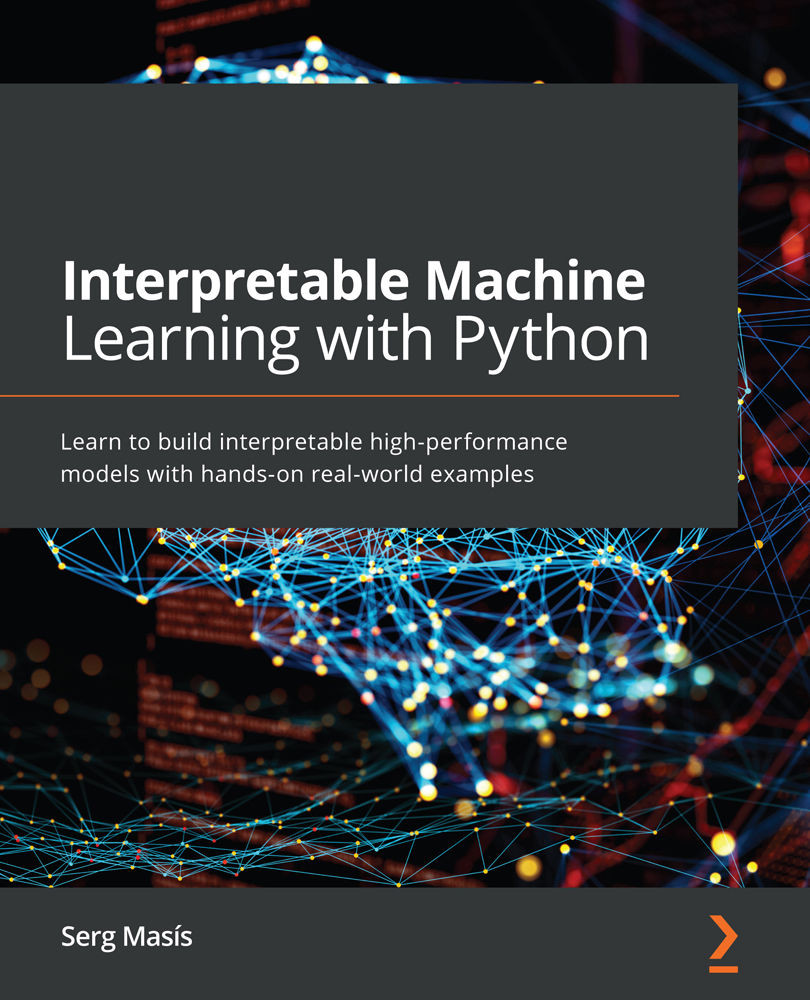-
Book Overview & Buying

-
Table Of Contents

Interpretable Machine Learning with Python
By :

Interpretable Machine Learning with Python
By:
Overview of this book
Do you want to gain a deeper understanding of your models and better mitigate poor prediction risks associated with machine learning interpretation? If so, then Interpretable Machine Learning with Python deserves a place on your bookshelf.
We’ll be starting off with the fundamentals of interpretability, its relevance in business, and exploring its key aspects and challenges.
As you progress through the chapters, you'll then focus on how white-box models work, compare them to black-box and glass-box models, and examine their trade-off. You’ll also get you up to speed with a vast array of interpretation methods, also known as Explainable AI (XAI) methods, and how to apply them to different use cases, be it for classification or regression, for tabular, time-series, image or text.
In addition to the step-by-step code, this book will also help you interpret model outcomes using examples. You’ll get hands-on with tuning models and training data for interpretability by reducing complexity, mitigating bias, placing guardrails, and enhancing reliability. The methods you’ll explore here range from state-of-the-art feature selection and dataset debiasing methods to monotonic constraints and adversarial retraining.
By the end of this book, you'll be able to understand ML models better and enhance them through interpretability tuning.
Table of Contents (19 chapters)
Preface
Section 1: Introduction to Machine Learning Interpretation
 Free Chapter
Free Chapter
Chapter 1: Interpretation, Interpretability, and Explainability; and Why Does It All Matter?
Chapter 2: Key Concepts of Interpretability
Chapter 3: Interpretation Challenges
Section 2: Mastering Interpretation Methods
Chapter 4: Fundamentals of Feature Importance and Impact
Chapter 5: Global Model-Agnostic Interpretation Methods
Chapter 6: Local Model-Agnostic Interpretation Methods
Chapter 7: Anchor and Counterfactual Explanations
Chapter 8: Visualizing Convolutional Neural Networks
Chapter 9: Interpretation Methods for Multivariate Forecasting and Sensitivity Analysis
Section 3:Tuning for Interpretability
Chapter 10: Feature Selection and Engineering for Interpretability
Chapter 11: Bias Mitigation and Causal Inference Methods
Chapter 12: Monotonic Constraints and Model Tuning for Interpretability
Chapter 13: Adversarial Robustness
Chapter 14: What's Next for Machine Learning Interpretability?
